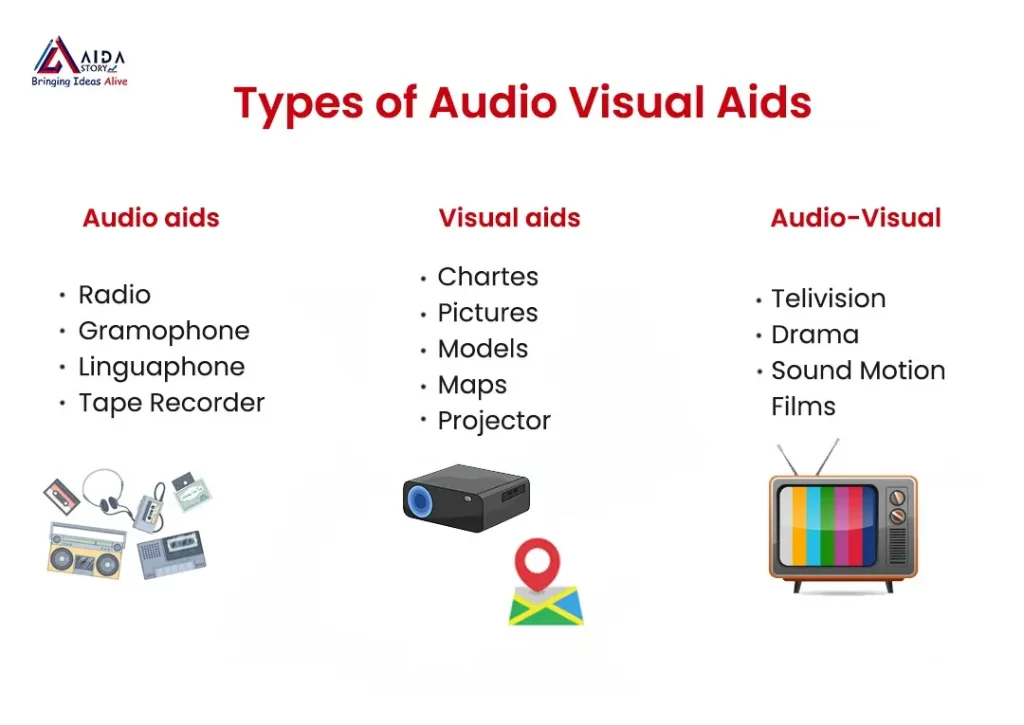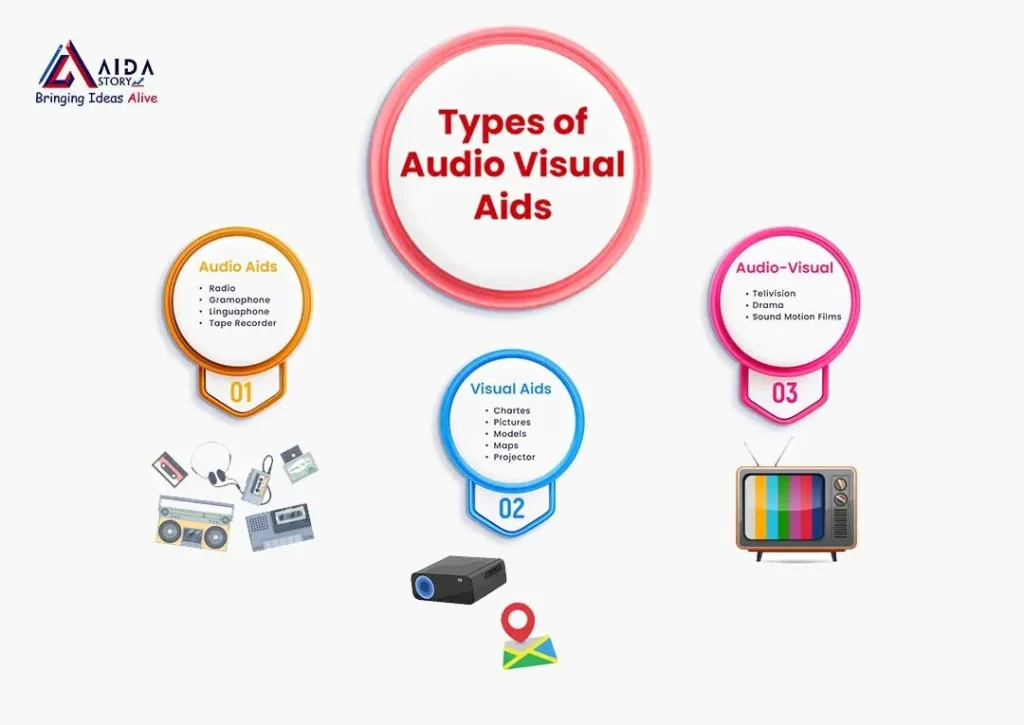
In today’s world, where technology is integrated into every aspect of life, understanding what is audio-visual communication becomes essential. Audio-visual communication combines sound and visual components to convey messages effectively, blending audio elements such as voice, music, and sound effects with visuals like images, graphics, and videos. This form of communication is not new, but its applications and reach have greatly expanded with advancements in digital media.
When we ask, what is audio-visual communication, we are exploring how people transmit information through more than just words. This method can enhance engagement and comprehension by stimulating multiple senses, making it particularly valuable in sectors such as education, business, entertainment, and healthcare.
The Basics of Audio-Visual Communication
To answer what is audio-visual communication thoroughly, it is important to break down its components. Audio-visual communication is the process of transmitting information or ideas using both sound and visuals. It can include various formats like slideshows, movies, virtual presentations, and interactive platforms that allow the audience to receive and interpret the content more efficiently than through text alone.
The effectiveness of audio-visual communication lies in its ability to simplify complex ideas. Whether explaining intricate science concepts in a classroom or presenting financial data to stakeholders, AV communication helps create a clearer, more memorable experience. It allows people to not only hear about but also see and sometimes interact with the information being conveyed, which makes the communication process more dynamic and engaging.

Key Elements in Audio-Visual Communication
When addressing the question, what is audio-visual communication, three primary elements come to mind: sound, visuals, and the integration of these two. Sound components may include spoken language, music, or sound effects, while visuals might be images, animations, or videos.
1. Sound: Sound aids in emphasizing key points, guiding the audience’s focus, and creating an emotional connection.
2. Visuals: Visual elements can range from basic text to complex graphics or 3D animations.
3. Integration: The fusion of audio and visual elements creates an experience where both components reinforce each other.
Tools like PowerPoint, video editing software, and online platforms such as YouTube and Zoom have become central in audio-visual communication. When integrated effectively, audio and visuals can help create a seamless, impactful narrative, enhancing both the delivery and retention of information.
Benefits of Audio-Visual Communication
Another approach to understanding what is audio-visual communication is by exploring its benefits. Audio-visual communication brings a level of interaction that text-based communication often cannot achieve.
1. Enhanced Engagement: Visuals and sounds capture attention and stimulate interest, making audiences more receptive.
2. Improved Comprehension: AV communication helps simplify and clarify complex topics, making information more accessible.
3. Better Retention: Studies show that combining visual and auditory information can enhance memory retention, as the dual stimulation reinforces the message.
In classrooms, AV communication tools can make learning more interactive and enjoyable, improving students’ understanding and participation. In business, using AV elements in presentations can make data more accessible and relatable, increasing audience engagement.
Applications of Audio-Visual Communication
When asking, what audio-visual communication, it’s also valuable to consider its applications across various sectors.
1. Education: Audio-visual tools bring concepts to life, making it easier for students to grasp difficult subjects.
2. Corporate Training: AV communication allows companies to deliver consistent training sessions, which are more effective and engaging than text-heavy methods.
3. Entertainment: Movies, TV shows, and online content heavily rely on AV communication to entertain and inform audiences.
4. Healthcare: In healthcare, AV communication is used in training, telemedicine, and patient education.
5. Marketing and Advertising: Marketing campaigns leverage AV communication to create lasting impressions through video advertisements and multimedia content.
The flexibility of audio-visual communication makes it valuable in any setting that demands clear, engaging, and effective message delivery.
How Audio-Visual Communication Impacts Learning and Training
A critical aspect of what is audio-visual communication relates to its role in learning and training. Audio-visual tools have transformed traditional educational methods, enabling learners to access information in interactive ways. By incorporating multimedia elements, educators can cater to diverse learning styles, including auditory, visual, and kinesthetic learners.
In corporate environments, AV communication plays a significant role in employee training, where video demonstrations and simulations are commonly used to build practical skills. This approach not only helps in skill acquisition but also ensures knowledge retention by making the learning process more engaging and memorable.
Challenges and Considerations in Audio-Visual Communication
Despite its advantages, audio-visual communication also faces several challenges. To fully grasp what is audio-visual communication, one must also consider its limitations.
1. Technical Issues: Equipment malfunction or poor internet connectivity can hinder the AV experience.
2. Accessibility: For individuals with hearing or vision impairments, alternative formats must be considered.
3. Cost: Producing high-quality AV content can be costly, limiting its use in some contexts.
By addressing these challenges, organizations can ensure that their AV communication is both effective and inclusive. Proper planning, accessibility features (like captions and audio descriptions), and quality control are essential in overcoming these limitations.
Certainly! Here’s the expanded content with both paragraphs and pointers for each of the three points.
Psychological Impact of Audio-Visual Communication
Audio-visual communication has a profound psychological impact by engaging the senses on multiple levels. The combination of sound and visuals doesn’t just capture attention but can also evoke deep emotional responses, making messages more memorable and impactful. This multisensory approach allows for stronger cognitive engagement, as information is processed through both auditory and visual channels, reinforcing memory retention and comprehension.
Key psychological effects include:
– Emotional Resonance: AV elements like music, sound effects, and visual storytelling can evoke emotions such as empathy, excitement, or nostalgia, leading to a stronger emotional connection with the audience.
– Enhanced Memory Retention: Research in cognitive psychology suggests that using multisensory formats enables people to remember information better as it creates multiple pathways in the brain to access that content.
– Dual-Coding Theory: According to this theory, people process visual and auditory information in separate channels, meaning that when both are activated, comprehension improves, and messages are more likely to stick.
By utilizing these psychological effects, audio-visual communication helps messages resonate, creating a lasting impression on viewers, which is why it’s so widely used in educational and promotional content.
Audio-Visual Communication in Digital Marketing
Audio-visual communication has transformed digital marketing, providing brands with new ways to capture and engage consumers. Digital marketers are leveraging platforms like Instagram, YouTube, and TikTok to deliver high-impact audio-visual content that connects emotionally with audiences. These AV elements are ideal for creating memorable, shareable content that enhances brand recall and loyalty.
Effective AV techniques in digital marketing include:
– Social Media Videos: Bite-sized videos with catchy visuals and sounds are ideal for fast engagement, grabbing attention within seconds and delivering a brand’s message concisely.
– Emotional Storytelling: Storytelling through audio-visual media creates a sense of authenticity, allowing brands to establish trust and relatability with their audience.
– Product Demos and Testimonials: By showing products in action and sharing real customer experiences, AV content builds credibility and fosters consumer trust.
– Emerging Technologies: Virtual reality (VR) and augmented reality (AR) are adding new dimensions to digital marketing, offering immersive experiences that strengthen brand connections.
Through these techniques, audio-visual communication allows brands to differentiate themselves, create engaging content, and make a lasting impact in today’s competitive digital landscape.

The Role of Cultural Differences in Audio-Visual Communication
Cultural differences significantly influence how audio-visual communication is perceived and interpreted. Colors, symbols, sounds, and gestures carry different meanings across cultures, requiring content creators to adapt their AV messages carefully to avoid misinterpretation or offense. By understanding these cultural nuances, brands can make their messages more inclusive and relatable for global audiences.
Considerations for cultural adaptation in AV communication:
– Color Interpretation: Colors have varying meanings; for instance, red is associated with luck in China but can signify caution in Western cultures. Tailoring color schemes ensures the message is well-received.
– Symbolism and Visual Imagery: Symbols or icons popular in one culture may be unfamiliar or carry a different meaning in another. Localizing imagery can enhance relatability and effectiveness.
– Audio Elements: Music styles, language tones, and even voice types may evoke different emotional responses across cultures. Adapting these audio aspects creates resonance with specific cultural values.
– Language and Humor: Word choice, humor, and non-verbal cues must align with cultural expectations to ensure the message is respectful and relevant.
By prioritizing cultural awareness, brands can communicate more effectively across borders, building positive, inclusive connections through their audio-visual content.
Visit for AV Services
Future Trends in Audio-Visual Communication
As technology advances, so does the scope of what is audio-visual communication. The future holds exciting possibilities with emerging trends such as virtual reality (VR), augmented reality (AR), and artificial intelligence (AI), which are expected to further revolutionize AV communication.
1. Virtual and Augmented Reality: VR and AR enable immersive experiences that can transform training, entertainment, and education by creating environments where users can interact with digital content in real-time.
2. Artificial Intelligence: AI can help in personalizing AV content, automating content creation, and even generating realistic avatars for enhanced virtual communication.
These advancements promise to make AV communication even more interactive, personalized, and accessible, expanding its applications across multiple sectors.
Why Audio-Visual Communication is the Future of Effective Messaging
Exploring what is audio-visual communication reveals its significance as a dynamic and engaging form of conveying information. Combining sound and visuals, this method enhances comprehension, retention, and engagement, making it an invaluable tool across various fields. Whether it’s used in education, training, entertainment, or healthcare, audio-visual communication has become essential in helping people understand and retain information.
Looking to the future, developments in VR, AR, and AI are likely to make audio-visual communication even more effective and widely accessible. By understanding and leveraging these tools, individuals and organizations can communicate more effectively, creating richer, more impactful experiences for their audiences.
FAQs :
What is audio-visual communication?
Audio-visual communication combines sound and visuals to convey information effectively, using formats like videos, presentations, and animations to engage audiences.
Why is audio-visual communication effective?
It engages multiple senses, enhancing understanding and retention, making it ideal for delivering complex information or creating memorable messages.
Where is audio-visual communication commonly used?
It’s used in education, business presentations, marketing, training, healthcare, and entertainment to improve engagement and information delivery.
What tools are used for audio-visual communication?
Common tools include projectors, video conferencing platforms, video editing software, PowerPoint, VR, and AR technology to enhance multimedia experiences.
How does culture impact audio-visual communication?
Cultural factors influence the interpretation of colors, sounds, symbols, and gestures, requiring tailored AV content for diverse audiences to avoid miscommunication.



